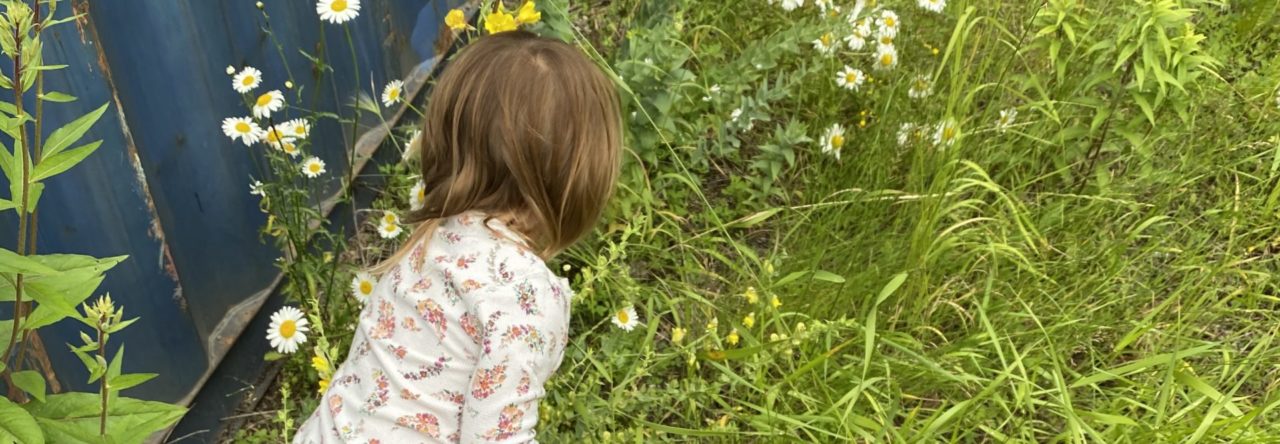Inclusive Design within learning experiences and teaching approaches is a topic that I am quite passionate about. Inclusivity is a strong component of everything I plan and create.
Growing up with hearing loss, many of my classes and learning experiences were less than accommodating. I was often treated as less than or when it wasn’t as apparent or I chose not to speak up (I was a quiet student, I often kept to myself), I was often glanced over, or teachers decided not to check in. I had to create strategies for myself to help me succeed in the classroom. It wasn’t until I was older that teachers began to check in and make accommodations to my learning experiences. Having had poor accommodation and a lack of inclusive design experience in my childhood, I am eager to always make sure I am trying my best to think about how I can benefit or better the learning experiences of my students.
The dance Studio where I teach has always been open and accepting of all students with various abilities and/or exceptionalities and lately it has started to work towards building ideas for creating a more inclusive environment and experience for all of our students. As I have worked there, I have been one of the lead teachers in this project as I have been the main instructor who has worked with many of our exceptional students. I am always learning more about inclusive design and I have enjoyed coming up with new ways to support our students. Currently, I am working with students who have learning loss, are autistic, as well upper limb indifferences to make sure they are getting the most out of their dance experience. It has been such a pleasure and so fun!
Check out this TEDx Talks video by Michael Nelsmith about the importance of universal design!
How will your interactive learning resource specifically ensure that the needs of all learners can be met?
There are many approaches in which one can begin to design for inclusivity within their lessons and teaching approaches, but one that I am very interested in is the Universal Design for Learning. Kayla, a member of my learning pod, explores this approach and resources within her blog post and also includes a very interesting informational video. Check it out here!
Universal Design for Learning will play a big part in planning for inclusive learning experiences with our learning pod’s Interactive learning resources as we look for ways to incorporate (1) multiple means of representation, (2) multiple means of engagement, and (3) multiple means of expression.
Ways in which we may engage in these aspects within our projects may include:
- formative feedback throughout the students’ learning
- checking in
- allowing students to choose from a variety of tools to conduct research
- allowing students to choose different forms in which they may present their learning
- allowing students to work towards their final learning goal at a self-guided pace determined by various goals and deadlines set by the student and the teacher.
- etc.
Student choices for tools, final product, and pace will be regulated and discussed with the teacher in order to promote responsibility of one’s own learning, and so the teacher is made aware and may assist the student along their learning journey.
Connections and Comments:
I really enjoyed reading Kayla’s blog about inclusive learning design. I Love that she chose to include a video regarding the important aspects of Universal Learning Design. I am also very interested in the ways you are choosing to incorporate UDL into reading actvities. Are there any resources you would suggest?
Link to Kayla’s Blog:
I was also able to read a blog post written by another member of our class, Kiera. I really enjoyed reading Kiera’s post regarding her experiences with inclusive education and how her group intends to use inclusive design within their interactive learning resource. I especially enjoyed her inclusion of a video regarding February being the month in which we recognize inclusive education. I agree with them that every month should recognize the importance of inclusive education, not just one. Check out her blog!
References:
CAST. (2021). UDL: The UDL Guidelines. CAST, Inc. Retrieved from: https://udlguidelines.cast.org
